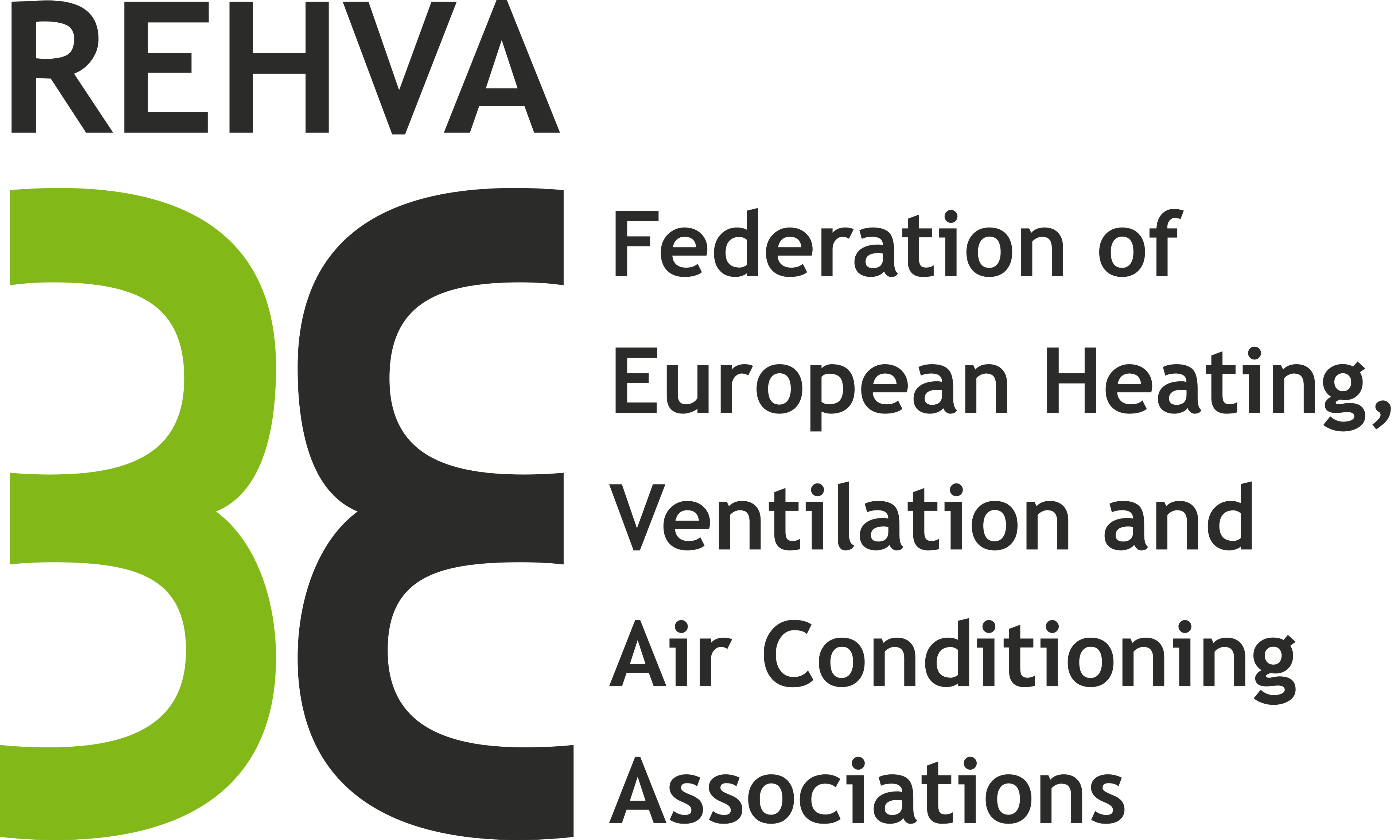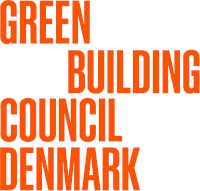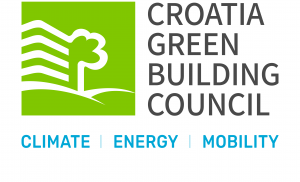Market readiness Study of the EU Taxonomy Screening Criteria for construction and real estate activities
In July 2020, Green Building Council Espana (GBCe), the German Sustainable Building Council (DGNB), the Danish Green Building Council (DK-GBC), and the Austrian Green Building Council (ÖGNI) initiated a study for the “Evaluation of the market-readiness of the proposed „EU Taxonomy Screening Criteria“ for construction and real estate activities”. The study aims to guide the transition of the screening criteria of the Taxonomy from a technical proposal into a functioning system at the very core of a future-proof European economy. By practical application of the Taxonomy criteria to real buildings or projects, the study tests the strength of the planned criteria in delivering the self-proclaimed impacts of the Taxonomy and identifies costs and benefits of the implementation of related processes for both the European Commission and to the financial market participants alike. The study participants moreover gained invaluable insights regarding data quality and verification in regards to the greening of their respective portfolios. These insights form the basis of capacity building within the participating organizations and foster the implementation of sustainability criteria into their processes.
Real estate is crucial for the successful transition to a low-carbon economy, as it represents 40% of global energy consumption and emits about the same amount of greenhouse gas emissions. In order to stay on a global warming path below 2°C, building-related emissions need to decrease by nearly 80% from 2015 (Paris Agreement) levels by 2050. This can only be achieved by consistently integrating the environmental externalities (“risks”) into financial decision making.
The EU is examining how to support this integration, and released a „Sustainable Finance Action Plan“, to mobilize finance for sustainable growth. One aspect of the 2018 action plan was to establish a clear and detailed EU classification system (the so-called “Taxonomy”) for sustainable activities. In March 2020, the Technical Expert Group, TEG, proposed Taxonomy screening criteria for four associated economic activities: construction of new buildings, building renovations, individual measures and professional services, acquisition and ownership.
In order to transition the screening criteria of the Taxonomy from a technical proposal into a functioning system at the very core of a future-proof European economy, CPEA in collaboration with Green Building Council España (GBCe) the German Sustainable Building Council (DGNB), the Danish Green Building Council (DkGBC) and the Austrian Green Building Council (ÖGNI), carried out a study with the goal of evaluating the market-readiness of the proposed EU Taxonomy screening criteria for the construction and real estate activities. Being based on real case studies the study identifies the costs and benefits of the implementation of Taxonomy related processes and provides invaluable insights regarding data quality and verification as well as a thorough mapping of documents needed to adequately and efficiently evidence conformity with the proposed screening criteria.
Study participants of this unique multi-stakeholder project included representatives from financial institutions, property owners and investors from Germany, Spain, Austria and Denmark. Collectively, they tested the Taxonomy criteria on 62 buildings.
The project consortium was joined by a group of 23 financial market participants from Spain, Germany, Austria and Denmark, representing different stakeholder groups directly impacted by the EU Taxonomy regulation: mortgage lenders, financial service institutions, real estate developers, insurance companies, investment funds, pension funds, institutional investors and valuation firms.
Study particpants included: ACCIONA INMOBILIARIA S.L.U, Allianz Real Estate GmbH, AP Pension, ATP Ejendomme A/S, Berlin Hyp AG, CORESTATE CAPITAL ADVISORS GMBH SUCURSAL EN ESPAÑA, Danica Pension, DEAS A/S, Deka Immobilien Investment GmbH, Dreyer Logar & Partner, ECE Projektmanagement GmbH & Co. KG, H.A.U.S. Healthy Buildings S.L., ING N.V., LaSalle Investment Management Kapitalverwaltungsgesellschaft mbH, Naussauische Heimstätte, NEINOR HOMES S.A., NREP, PensionDanmark A/S, PKA A/S, Strabag Real Estate GmbH, Teichmann & Compagnons Property Networks GmbH, UBM Development GmbH, value Development GmbH.
Collectively, market participants tested the Taxonomy criteria on 62 projects, covering the following three Taxonomy activities:
- New Construction (22 projects)
- Renovation (4)
- Acquisition and Ownership (36)
Optimisation of building data capture and management
Availability and reliability of building level data is seen as an absolutely core factor by market participants, not only in terms of participants’ ability to provide evidence of eligibility but also in terms of resources and time needed to do so. Unsurprisingly, across all examined Taxonomy activities, DNSH data gaps were significantly higher than for climate change mitigation.
There was unanimity amongst study participants that current efforts by various stakeholders across Europe and beyond to develop and roll out whole life cycle building data and information repositories need to be stepped up and supported by policy-makers and the industry.
Adopting a strategic approach to portfolio performance
Owners of large building portfolios need to develop strategic plans with a view of improving sustainability-related performance and management across portfolios. This could be achieved through systematic green certification seeing that the study clearly found that that certification tools such as the DGNB play a significant role in applying the Taxonomy criteria to individual assets and enable portfolio owners to streamline their sustainable development strategies across the entire portfolio.
Improvement of Energy Performance Certificates (EPCs)
While EPCs are cited as the main source of information in relation to the climate mitigation criteria, study participants ranked the reliability of EPCs as low and stated and called for next generation-EPCs to be improved in terms of compliance, usability and reliability.
Introduction of a transitional climate action roadmap approach
Paris-aligned building specific climate action roadmaps should be specified and in operation for buildings reporting against the Acquisition and Ownership criteria. A climate action roadmap would be listing all necessary improvement measures and their realisation dates, based on carbon metrics thus limiting carbon emissions over time by applying an emission trajectory that shall not be exceeded and resulting in net zero carbon emissions at the latest by 2050 or in line with a recognised science-based targets approach.








